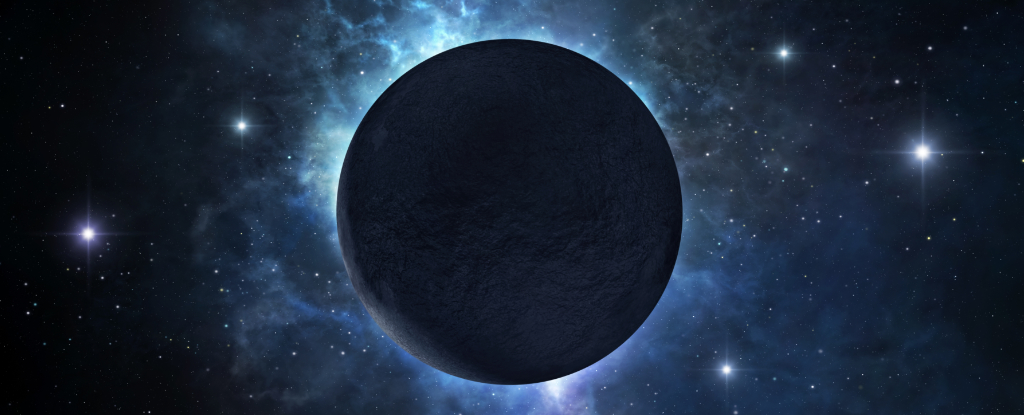New Research Suggests Moon Mining Could Be More Beneficial Than Asteroid Mining

As we look toward the future, the exciting notion of venturing into space to mine asteroids for valuable resources has captured the imagination of many, particularly those who draw inspiration from science fiction. However, a recent study proposes that humanity might find it significantly more advantageous to mine the Moon instead of chasing after asteroids floating through space.
The premise is straightforward yet intriguing. The surface of the Moon is marked by an impressive number of craters, a direct consequence of significant impacts from asteroids, meteoroids, and comets throughout its history. In a study conducted in 2020, researchers identified over 109,000 new craters in the Moon's low- and mid-latitude regions alone, highlighting the Moon's tumultuous geological history.
NASA elaborates that “A lunar crater forms when an asteroid, meteoroid, or comet, typically moving faster than the speed of sound, plunges into the Moon’s surface.” The formation of these craters depends on a variety of factors, including the energy of the incoming object, which is determined by its size, density, and speed, as well as the type of surface it strikes and the angle of impact.
While one might initially feel sympathy for the Moon, which seems to be perpetually bombarded by celestial objects, those with aspirations of space exploration might envision a different scenario. According to recent research, many of these high-velocity impacts could potentially deposit precious metals onto the Moon’s surface, or at least make them accessible just below the surface.
In a significant earlier study from 2014, a team led by researcher Martin Elvis sought to estimate the number of near-Earth asteroids likely to contain valuable metal ores. The new paper, spearheaded by independent researcher and astronomer Jayanth Chennamangalam, takes this research further by applying similar probabilistic techniques to the context of asteroids impacting the lunar surface. The objective was to estimate the number of ore-bearing remnants from these impacts that could be commercially exploited on the Moon.
This endeavor proved to be quite complex. The researchers had to analyze not only the size and composition of the impacting objects but also determine how many of them struck the Moon with sufficient velocity to keep the precious metals near the surface. The results were promising for those interested in lunar mining. The team discovered that nearly 6,500 craters potentially contain precious metals in commercially viable quantities.
The researchers stated, “When we consider craters at or above a threshold diameter of 1 km, we estimate an upper limit of craters with asteroid remnants containing significant amounts of platinum group metals and an upper limit of craters with asteroid remnants that contain significant amounts of water in the form of hydrated minerals.” They further elaborated that for a more conservative threshold of 5 kilometers, they could still identify craters with significant deposits of platinum group metals.
These findings are particularly striking, as they suggest that the estimated number of viable ore-bearing craters on the Moon is one to two orders of magnitude greater than the number of near-Earth asteroids determined by Elvis in 2014. This data implies that mining efforts focused on the Moon could prove to be far more lucrative than targeting asteroids in orbit.
In monetary terms, Chennamangalam provided an eye-opening estimate to New Scientist, suggesting that there could be over $1 trillion worth of precious metals such as platinum lying on the Moon. This figure opens the door to serious discussions about the economic viability of lunar mining.
Chennamangalam expressed a forward-looking perspective, stating, “Today, astronomy is done to satiate our curiosity. It has very few practical applications and is mostly funded by taxpayer money, meaning that research funding is at the mercy of governmental policy. If we can monetize space resources – be it on the Moon or on asteroids – private enterprises will invest in the exploration of the Solar System.”
The findings of this research have been published in the journal Planetary and Space Science, marking a significant moment in the ongoing exploration of extraterrestrial resources.






























